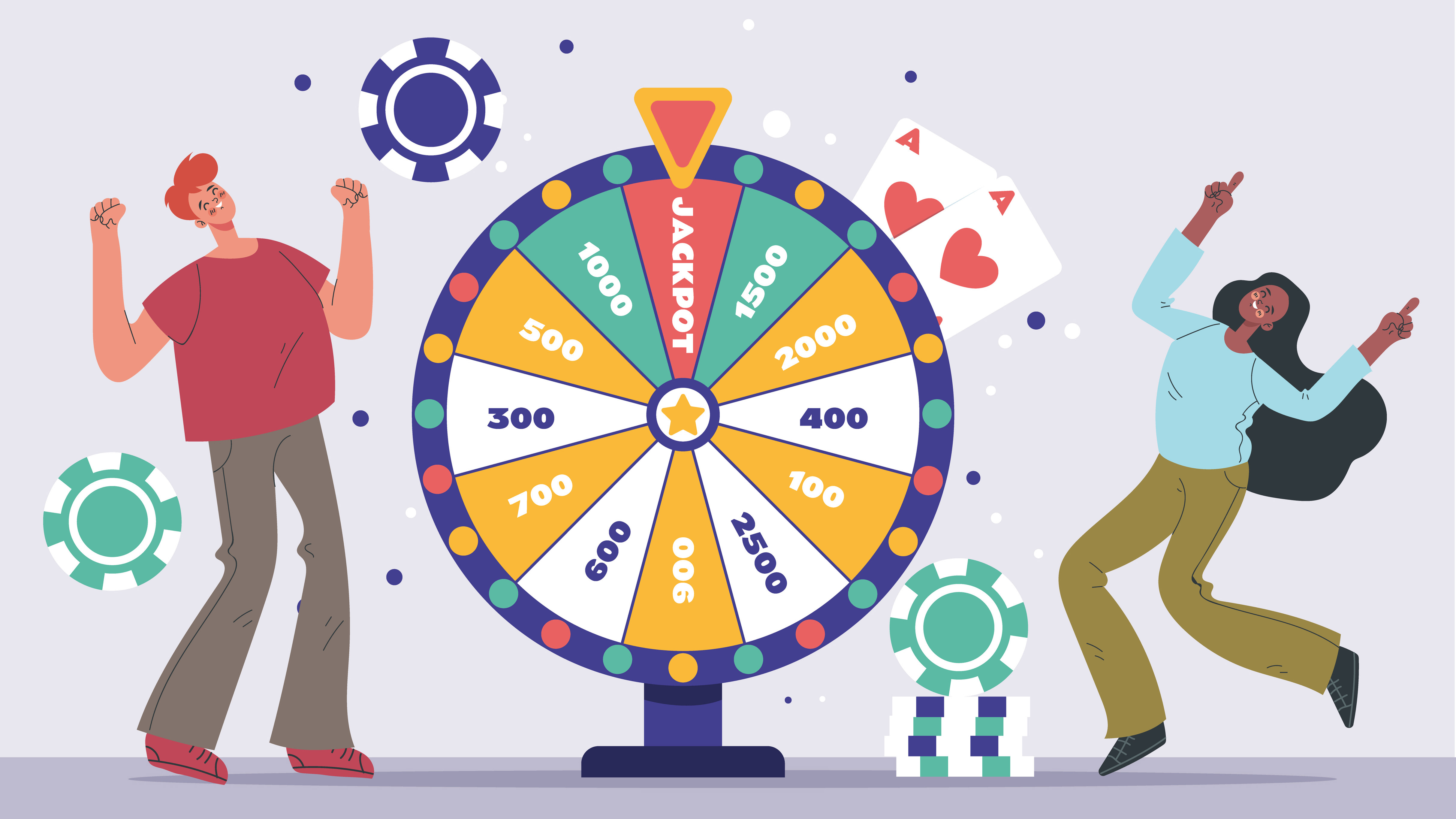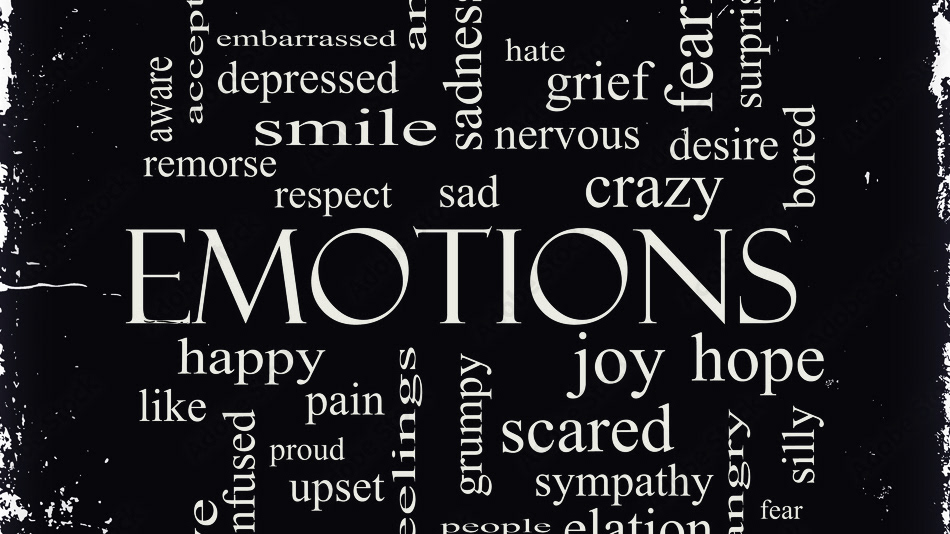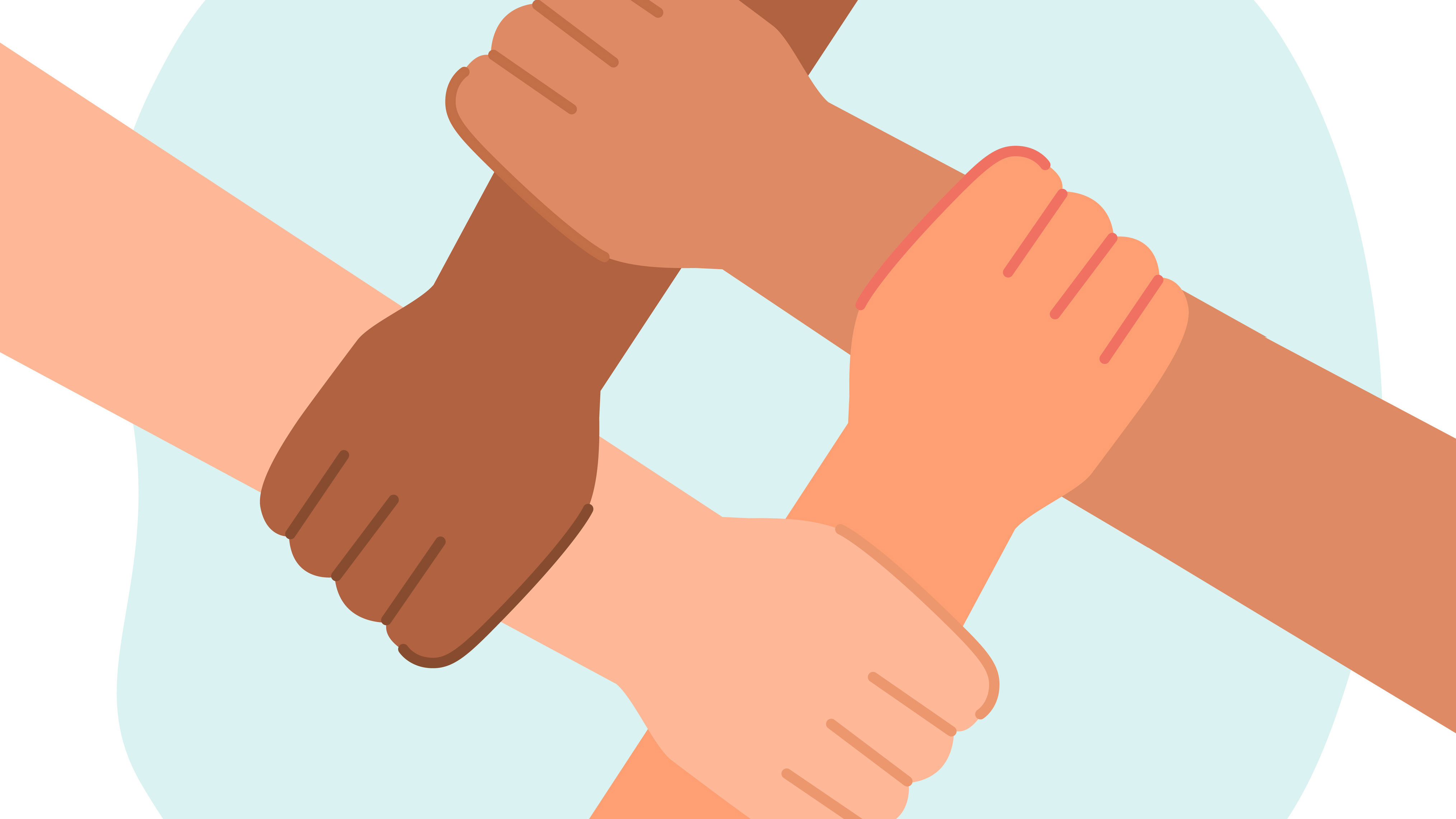The Need for Creative Healing
Today, more than ever, there is a deep need for healing. At some point in our lives, every one of us faces a mental health challenge. The belief behind this work is simple but powerful: healing is not only possible—it is inevitable when given the right attention and care.
Creativity is a pathway to healing. Through creative expression, we can access a deeper part of ourselves and foster recovery in ways that words alone cannot. This program is designed to guide group facilitators, teachers, and therapeutic leaders in using creative art to cultivate wellness and promote recovery in their students.
Each exercise is rooted in one of the eight Wellness Dimensions as defined by the Substance Abuse and Mental Health Services Administration (SAMHSA). Rather than simply reading or talking about these dimensions, students are invited to feel and experience them through art. This approach creates meaningful, memorable experiences that can extend beyond the classroom into everyday life.
These are not art therapy sessions—they are artistic explorations for processing and experiencing recovery. The wellness dimensions differ from the twelve-step model. While the twelve steps emphasize surrendering to a higher power and acknowledging powerlessness, wellness-based recovery focuses on reclaiming personal authority, building self-determination, and cultivating hope through action.
We already hold the knowledge of what we need to improve our lives. What we often need are the tools, confidence, and creative opportunities to make change happen. These wellness art exercises encourage proactive living and offer practical, creative means for growth, healing, and transformation.









